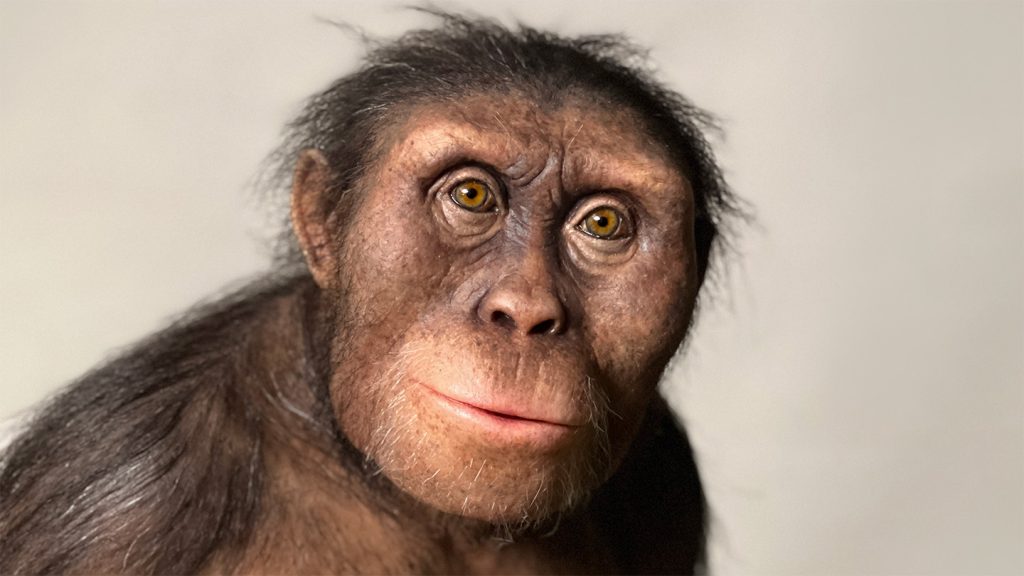The National Museum of Ethiopia hosts the remains of Lucy, the world’s most famous human ancestor. Lucy, an ancient female who lived around 3.2 million years ago in East Africa, was discovered by paleoanthropologist Donald Johanson in 1974. Her partial skeleton, which is about 40% complete, challenged the previous linear model of human evolution and pointed towards a more branching evolutionary path. Lucy’s blend of human and apelike characteristics raised questions about the evolution of two-legged walking and the origin of large human brains.
Lucy’s discovery led to the establishment of Australopithecus afarensis as a previously unrecognized species. As evidence for A. afarensis grew, Lucy became a symbol for the entire species. The fossils uncovered at Hadar in Ethiopia, where Lucy was found, filled in the scientific picture of her species and provided crucial insights into human evolution. The Hadar field team unearthed hundreds of fossil fragments, piecing together a significant part of Lucy’s skeleton. The geology of Hadar preserved bones of many other hominids of Lucy’s kind, further cementing her place in the Australopithecus afarensis population.
After the initial discovery, Lucy was nicknamed after the Beatles song “Lucy in the Sky with Diamonds,” giving her a recognizable name that contributed to her worldwide fame. The discovery of Lucy reshaped debates about hominid evolution, particularly regarding the order in which two-legged walking and big brains emerged in human evolution. Lucy’s skeleton revealed a mix of traits that suggested an evolutionary split into different directions, challenging the prevailing views of the time. Crucial questions remain about Lucy’s lifestyle, diet, and the use of stone tools among her species.
Lucy attracted prominent researchers who worked together to analyze her remains and study her species. The Hadar excavation team, led by Johanson and including experts like Tim White and Yves Coppens, contributed to the identification of Lucy as well as other fossil hominids. Through collaborative efforts and publications, Lucy’s status as a key figure in human evolution was solidified. William Kimbel, who directed a second wave of Hadar excavations, played a crucial role in analyzing A. afarensis remains and understanding different species concepts in primate evolution.
Lucy’s impact on the field of paleoanthropology continues to be felt today, with ongoing debates about her evolutionary significance and the origins of the Homo genus. Despite the controversies and disagreements surrounding her place in the evolutionary tree, Lucy remains a symbol of human evolution and a focal point for understanding our ancestral past. Fifty years after her discovery, Lucy’s legacy and star-power in the world of anthropology shine bright, highlighting the importance of her role in shaping our understanding of human origins.


